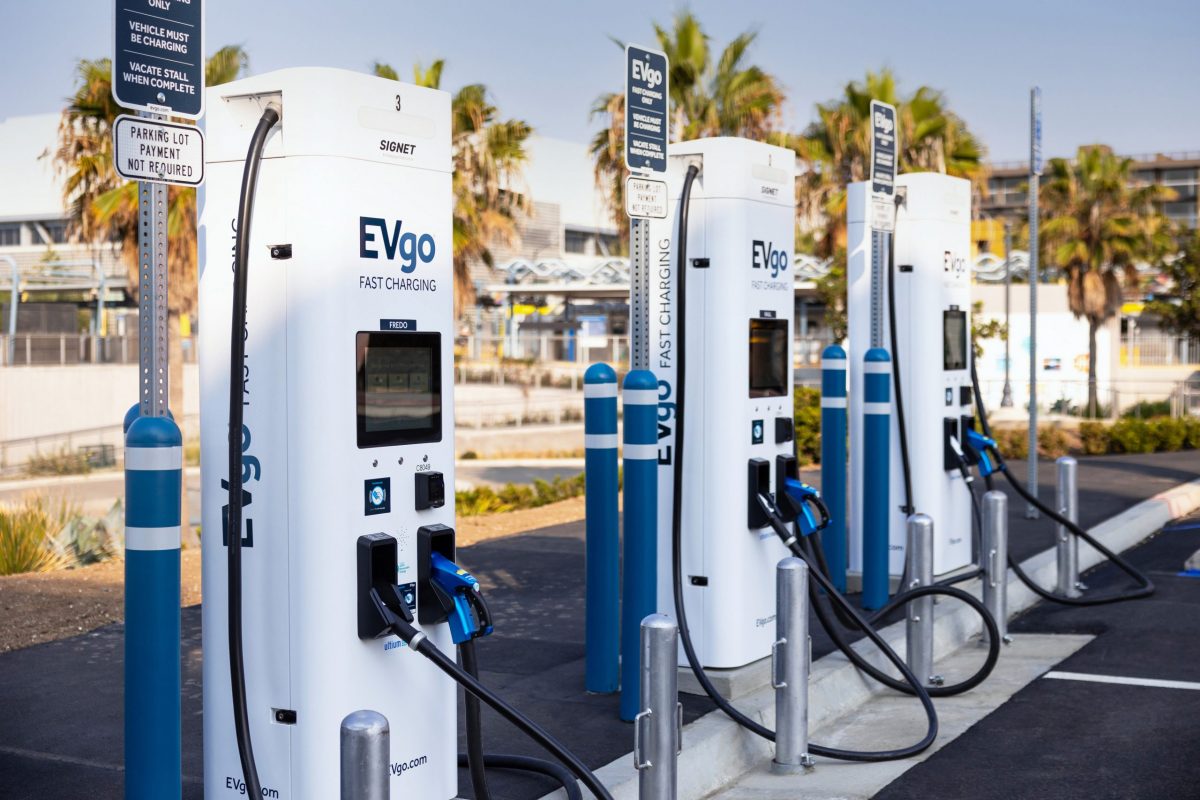German engineering has gained a reputation for excellence, and German automotive brands have successfully built on that reputation for years. Audi, BMW, Mercedes-Benz, Porsche—few would dispute their impressive craftsmanship, but just how important will that be in a world of shared, autonomous, zero-emission mobility?
The German Association of the Automotive Industry (VDA) is adamant that its local players are actively positioning for a relevant role in this future environment—and there’s much to lose if they don’t. At the moment, the local automotive industry provides more than 834,000 jobs in the country. With so much at stake in terms of employment, the German government will go far to ensure its companies are effectively future-proofing.
About 25 million people live in cities across Germany. Their preferences for mobility, their specific transport requirements and their willingness to try new things, will go far in determining the country’s future development
But figuring out exactly how to future-proof is no easy feat. It’s clear that vehicle emissions will need to dramatically improve, but does that imply battery electric technology, hydrogen fuel cells or something else? Plenty of electric models are poised to enter the market in the coming years and some brands are even going exclusively electric. Daimler’s smart, for instance, will only be available with electric drive from 2020.
In comparison, the fuel cell segment has been much quieter. Even so, the country has committed to establishing 400 hydrogen fuelling stations by 2025. Hyundai and Mercedes-Benz are keen to enter the segment and have firm model plans in place, while BMW and Volkswagen are expected to announce product offerings soon.
Germany’s incumbent automakers have also recognised the potential for shared mobility, and each has at least one iron in the fire. VW’s Moia brand recently began operating its shuttle-bus services in Hanover, targeting gaps in the city’s public transport network. It plans to launch in Hamburg in the near future. Daimler and BMW were early movers in the car-share ecosystem with their car2go and DriveNow schemes, which they are currently merging into a single joint venture. The partners are specifically targeting cities with high population densities and low car ownership rates. With urbanisation showing no signs of slowing, it is in the cities that change will be most noticeable.
The latest Forsa study on urban mobility and environmental challenges shows that most Germans want an environmentally friendly form of transport and plenty of shared options
At the moment, there are about 25 million people living in cities across Germany. Their preferences for mobility, their specific transport requirements and their willingness to try new things will go far in determining the country’s future development. And there are plenty of reports out there trying to figure out exactly what it is they like and don’t like. The latest Forsa study on urban mobility and environmental challenges shows that most residents want an environmentally friendly form of transport and plenty of shared options.
However, a similar study by Continental found that just one-third of motorists in Germany were open to car-sharing and car-pooling schemes. Older residents were decidedly uninterested, with most over the age of 60 stating they had no intention at all of using such services. This demographic, as well as most others, still has a high regard for private ownership. Arthur D. Little’s latest mobility study found that 53% of respondents below the age of 30 said that owning a car was important. It’s a similar share – 52% – for 30-45-year olds.
Some analysts have suggested that Germans are prone to seeing the problems with new technology more than the opportunities. For an industry in which progress is so closely linked with innovation, a careful balancing act will need to be perfected. To read more about the current mobility plans and consumer preferences that will shape the country’s development, download Automotive World’s special report, The Future of Mobility in Germany.



